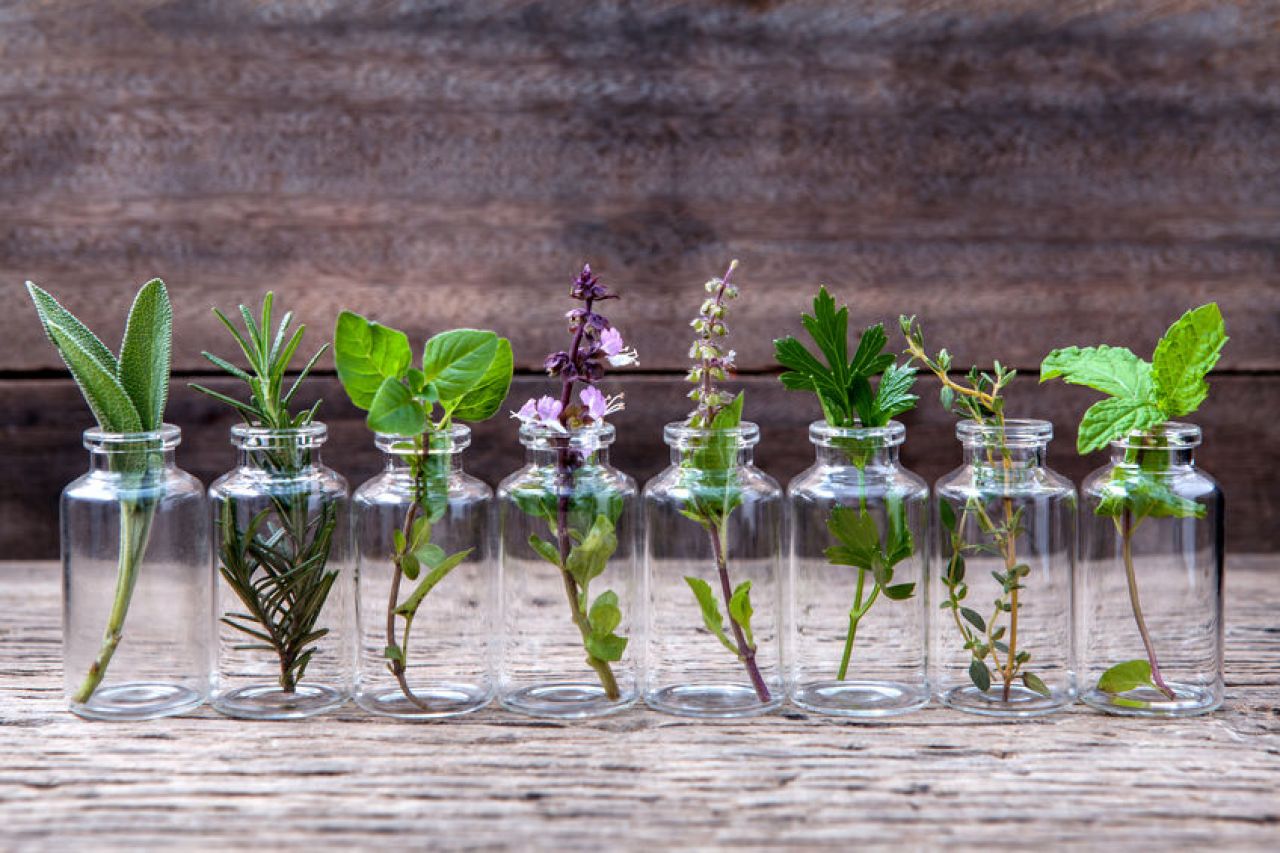Crete, an island of immense natural beauty and rich cultural heritage, is renowned not only for its historical significance but also for its deep-rooted traditions in healing and medicine. Cretan traditional healing rituals, passed down through generations, are a fascinating blend of ancient practices, local herbs, spiritual beliefs, and community knowledge. These rituals reflect the islanders’ intimate relationship with their environment and their holistic approach to health and well-being.
Historical Roots and Cultural Influences
The origins of Cretan healing rituals can be traced back to the Minoan civilization, one of the earliest advanced societies in Europe. The Minoans practiced holistic medicine, combining physical treatments with spiritual and religious elements. This ancient tradition was enriched over centuries through interactions with various cultures, including the Greeks, Romans, Byzantines, Venetians, and Ottomans, each leaving its mark on the island’s healing practices.
Herbal Medicine and Natural Remedies
Central to Cretan traditional healing is the use of herbs and natural remedies. The island’s diverse flora, influenced by its Mediterranean climate, offers a wealth of medicinal plants that are integral to local healing practices. Some of the most commonly used herbs include:
- Dittany of Crete (Origanum dictamnus): Known locally as “diktamo,” this herb is revered for its healing properties. It is used to treat wounds, stomach ailments, and respiratory issues. Dittany is also believed to have aphrodisiac qualities.
- Sage (Salvia fruticosa): Sage is used for its antiseptic and anti-inflammatory properties. It is commonly brewed as a tea to soothe sore throats and digestive problems.
- Chamomile (Matricaria chamomilla): Chamomile tea is a popular remedy for anxiety, insomnia, and digestive disorders. It is also applied topically to heal skin irritations.
- Thyme (Thymus vulgaris): Thyme is used both as a culinary herb and a medicinal plant. It has antibacterial properties and is often used to treat respiratory conditions and infections.
The preparation and use of these herbs are often accompanied by specific rituals and prayers, reflecting the deep spiritual connection in Cretan healing practices.
Spiritual and Religious Healing Practices
Cretan traditional healing is deeply intertwined with spiritual and religious beliefs. Healing rituals often involve prayers, blessings, and the invocation of saints and local deities. One of the most significant figures in Cretan healing traditions is Saint Haralambos, the patron saint of healing. Villagers often visit churches dedicated to Saint Haralambos to seek his intercession for health and recovery.
Another important aspect of spiritual healing is the “evil eye” (μάτι or mati). Believed to be a curse cast by a malevolent glare, the evil eye is thought to cause illness and misfortune. To protect against it, Cretans perform rituals that include reciting special prayers and using amulets. The “xematiasma” is a traditional ritual performed to remove the evil eye, involving the use of olive oil, water, and verbal blessings.
Community and Social Aspects
Community plays a vital role in Cretan traditional healing. Many rituals are communal activities, reflecting the strong social bonds among islanders. For instance, when someone falls ill, it is common for neighbors and relatives to gather and offer support through cooking, providing herbal remedies, and performing healing rituals together.
Storytelling is also an essential part of the healing process. Elders share tales of past healings and the power of certain herbs and rituals, passing down valuable knowledge to younger generations. These stories are often imbued with moral and spiritual lessons, reinforcing the cultural identity and continuity of traditional practices.
Modern Relevance and Revival
In recent years, there has been a revival of interest in Cretan traditional healing, driven by a growing appreciation for natural and holistic health practices. Modern Cretans, as well as visitors to the island, are increasingly turning to these ancient remedies and rituals as alternatives or complements to conventional medicine.
Local initiatives and cultural festivals celebrate and preserve these traditions, offering workshops on herbal medicine, guided tours of medicinal plant habitats, and demonstrations of traditional healing rituals. This revival not only helps preserve cultural heritage but also promotes sustainable living and a deeper connection to nature.
Conclusion
Cretan traditional healing rituals offer a fascinating glimpse into the island’s rich cultural tapestry. These practices, deeply rooted in history and spirituality, highlight the holistic approach of the Cretans to health and well-being. By embracing both the natural world and the spiritual realm, Cretan healing traditions provide a unique and timeless perspective on the interconnectedness of mind, body, and spirit. As interest in natural and holistic health continues to grow, these ancient rituals offer valuable insights and practices that resonate with contemporary seekers of well-being.


